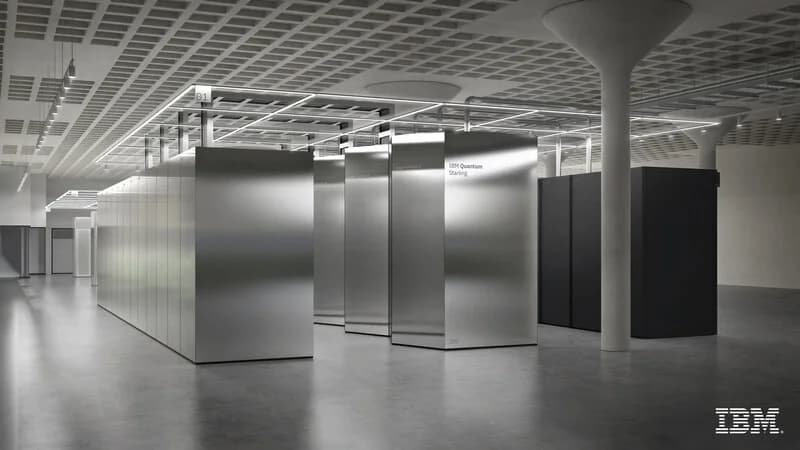Can you unscramble an egg? In the quantum world, the answer is—surprisingly—yes.
Scientists at the University of Vienna have demonstrated what once seemed impossible: reversing time for quantum systems without knowing anything about the system itself. Their method reaches success rates above 95%, while earlier attempts barely managed 0.1%.
The breakthrough relies on quantum switches—devices that let gates occur in multiple orders simultaneously. Think of it like playing a video both forward and backward at the same time, then extracting just the rewind. The results, published in Optica, could transform how quantum computers handle errors, the researchers say.
The Magic Trick Nobody Thought Possible
In quantum mechanics, time evolution is unitary and therefore, in principle, reversible if you have full control over the system. The long-standing catch was this: how do you reverse something when you don't know what it is?
The Vienna team's answer exploits non-commutativity in quantum mechanics. In simple terms, the order of operations matters—do A then B, and you get a different result than B then A. Their switch creates a superposition where both orders happen at once. Apply this trick twice, with the system's natural evolution sandwiched in between, and time effectively runs backward.
No device-specific information or calibration is needed. The technique works for any two-level system (a qubit).
Why Previous Attempts Fell Short
Earlier rewinding methods ran into major practical limits. Success rates around 0.1% meant you'd need roughly 1,000 tries to get one success. Some approaches needed three units of time just to rewind one—like spending three hours to undo one hour of evolution.
Others only worked under highly restrictive conditions.
The Vienna approach changes this through recursive error correction. When the first attempt fails, the system re-interferes with itself; failures are converted into successes. The key requirement is that the operations don't commute perfectly—and in the real world, they almost never do.
The method requires no knowledge of the process being rewound, is optimal in running time, and moves quantum rewinding into the realm of practical use.
The Photonic Time Machine
The experiment uses single photons generated via spontaneous parametric down-conversion, with polarization encoding the target state and path serving as the control. A Sagnac interferometer implements the switch—a loop where light travels in both directions simultaneously. Wave plates realize different time evolutions, and fast electro-optical switches route photons through multiple passes as needed.
The team reports comprehensive tests across fifty different pairs of operations, four input states, and three time steps—1,800 experimental runs over more than 500 hours of measurements.
Average fidelities exceeded 94% for single time steps and rose above 97% for triple steps, according to the study. The approach consistently outperformed the best possible classical strategy—because classical physics can't create superpositions of time evolutions.
What This Actually Means
Quantum computers struggle with accumulating errors. Today's error correction typically requires intimate knowledge of the device, its noise, and its quirks.
This new approach changes that. Universal rewinding works without prior system knowledge or painstaking calibration. It could enable error correction that adapts to any quantum processor, simulate time-reversed physics, or power entirely new kinds of sensors, the authors suggest.
It's also efficient: rewinding one unit of time takes about one unit of time, with minimal overhead—unlike previous methods that were far slower or too unlikely to succeed.
There are limits. The technique is currently demonstrated for two-level systems (qubits); extending it to higher-dimensional systems remains an open challenge. And while the physics is general, the photonic implementation has specific requirements—for example, the unitaries must be invariant under counterpropagation in the Sagnac setup.
Although shown with photons, nothing in principle restricts it to light. Any two-level system should work, and integrated photonic circuits could make the method practical in real quantum computers.
Perhaps most remarkably, this addresses a fundamental question physicists have debated for years: can you deterministically reverse unknown processes? The Vienna team's results say yes—at near-perfect fidelity.
The quantum world just became a little less mysterious—and a lot more controllable.
Note
Research Paper: "Demonstration of universal time-reversal for qubit processes" by P. Schiansky, T. Strömberg, D. Trillo, V. Saggio, B. Dive, M. Navascués, and P. Walther, published in Optica, January 26, 2023.
Access the full paper: https://opg.optica.org/optica/fulltext.cfm?uri=optica-10-2-200&id=525567
This article is based on research published under the Creative Commons Attribution 4.0 License. The original work has been adapted for general audience comprehension.



